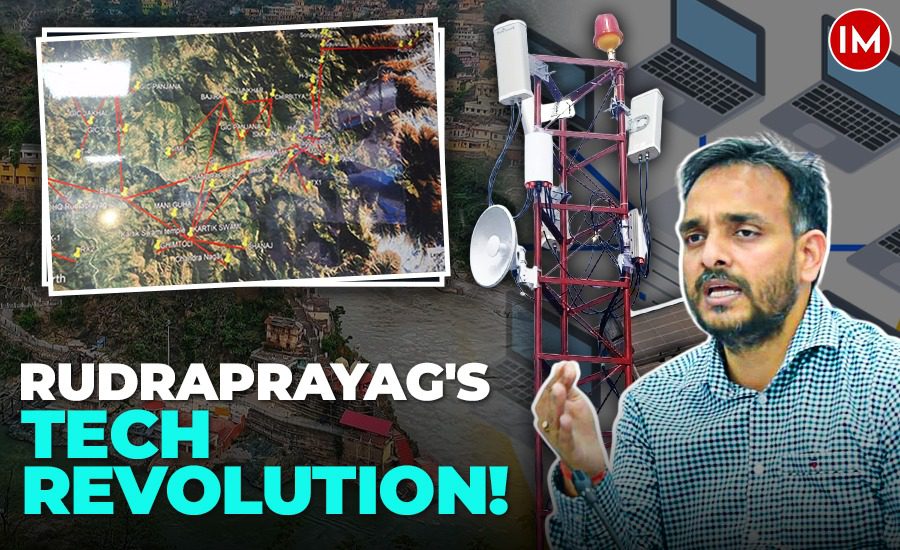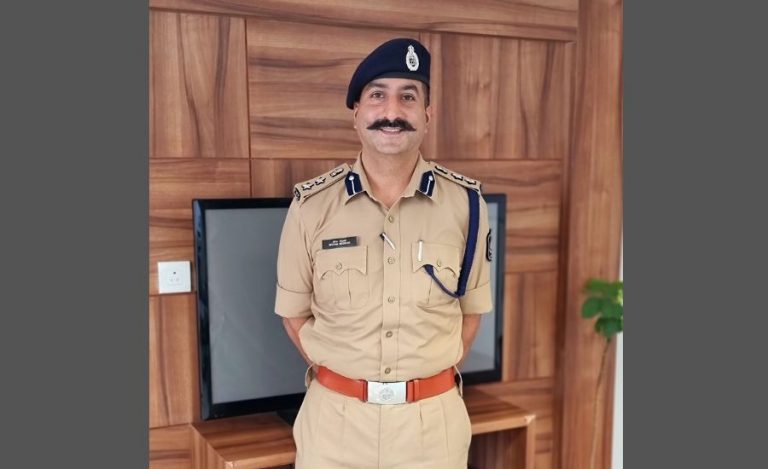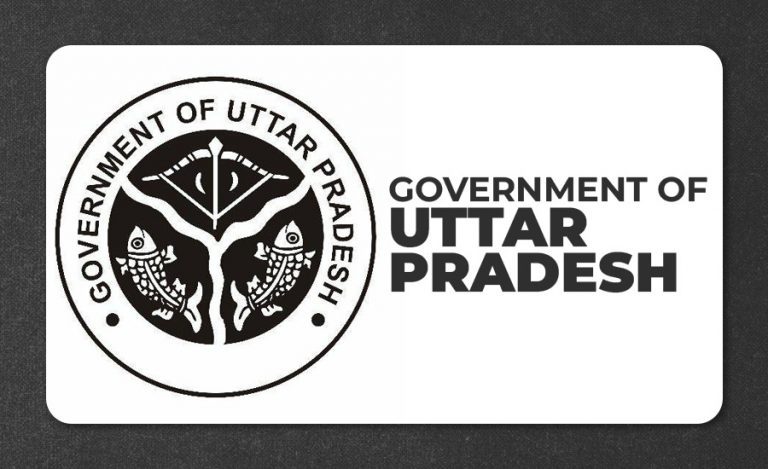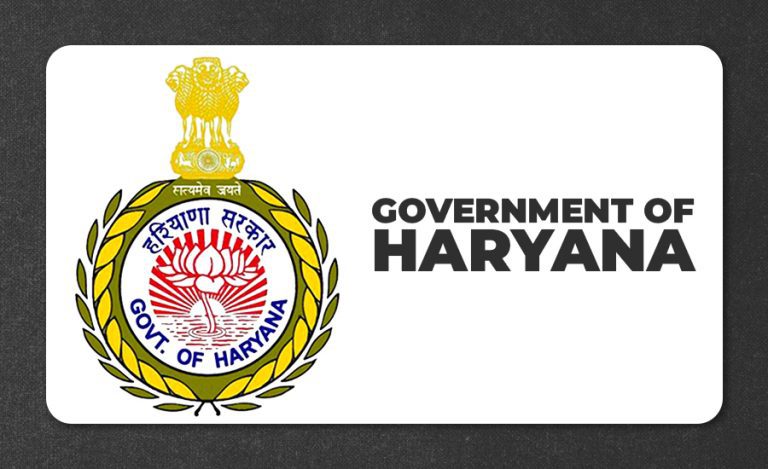Rudraprayag, a picturesque district nestled in the foothills of the Himalayas in Uttarakhand, has made history by becoming the first district in India to develop its own wireless system, known as intranet. Covering a vast 250 km area, this network aims to enhance communication, improve disaster management, and provide essential connectivity in one of the most disaster-prone regions of the country.
This network, named the District Disaster Resource Network (DDRN), is not only a technological advancement but also a lifeline for this disaster-prone region. The district’s initiative, spearheaded by District Magistrate Dr. Saurabh Gaharwar, an IAS officer of 2016 batch of Uttarakhand, introduces a technological marvel that is set to transform the way people live, work, and travel in the region.
Indian Masterminds spoke with Dr. Gaharwar to learn more about this groundbreaking initiative and how it can benefit the district.
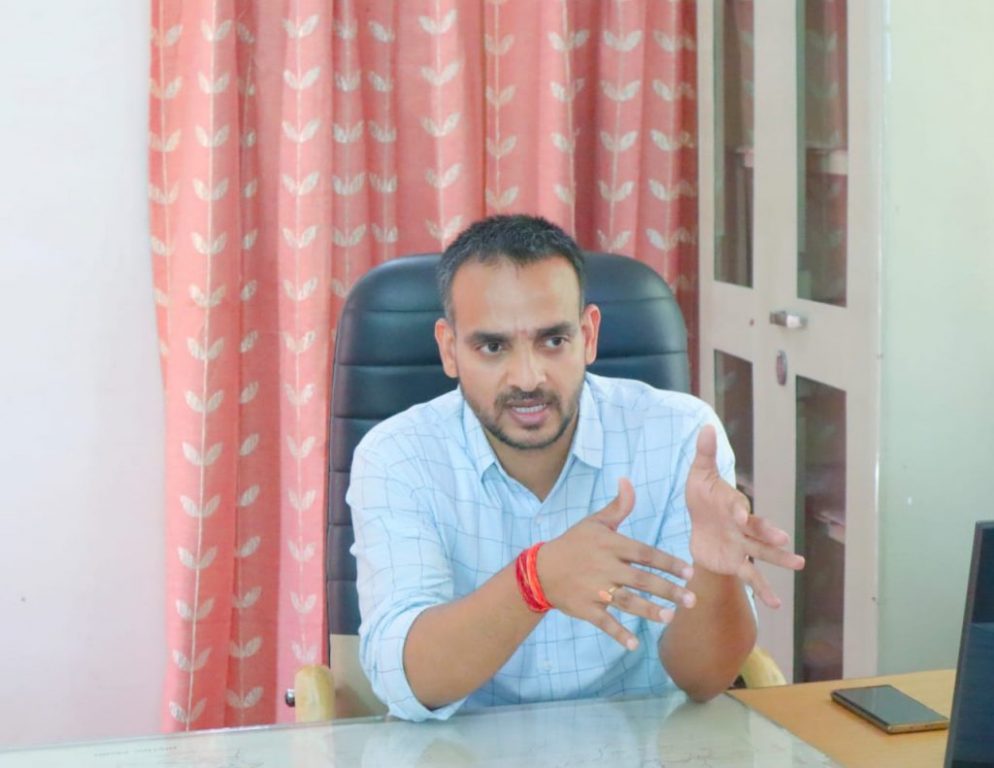
THE VISION
IAS Gaharwar’s vision was to establish a robust communication system capable of withstanding the challenges posed by the region’s difficult terrain and frequent natural calamities. Rudraprayag, which is prone to disasters like landslides and floods, had long struggled with communication breakdowns during critical situations. The introduction of this intranet system ensures that in the face of disaster, the network remains operational – something that was not possible with conventional telecommunication systems.
HOW THIS INTRANET WORKS: THE DDRN
The heart of this groundbreaking initiative is the District Disaster Resource Network (DDRN), an intranet system that facilitates communication and data exchange across the district. Unlike traditional internet services that rely on fiber optic cables and are prone to damage during calamities, DDRN operates on aerial wireless technology, ensuring that it remains intact even during storms, floods, or landslides.
This intranet system functions on frequency-hopping spread spectrum technology, which minimizes the risk of interference and ensures reliable communication, even in the most challenging circumstances. The wireless network operates smoothly without the typical issues faced by traditional telecom systems, such as loss of signal or network congestion.
This network covers both populated areas and remote parts of the district, including key locations like Sonprayag, Sitapur, and Kedarnath Dham, as well as over 10 helipads in Kedarghati.
“Through DDRN, information can be instantly relayed to the administration about any untoward incidents, ensuring prompt action. The network also supports real-time data transmission, enhancing the efficiency of operations during natural calamities, pilgrimages, and emergency rescue missions,” he said.
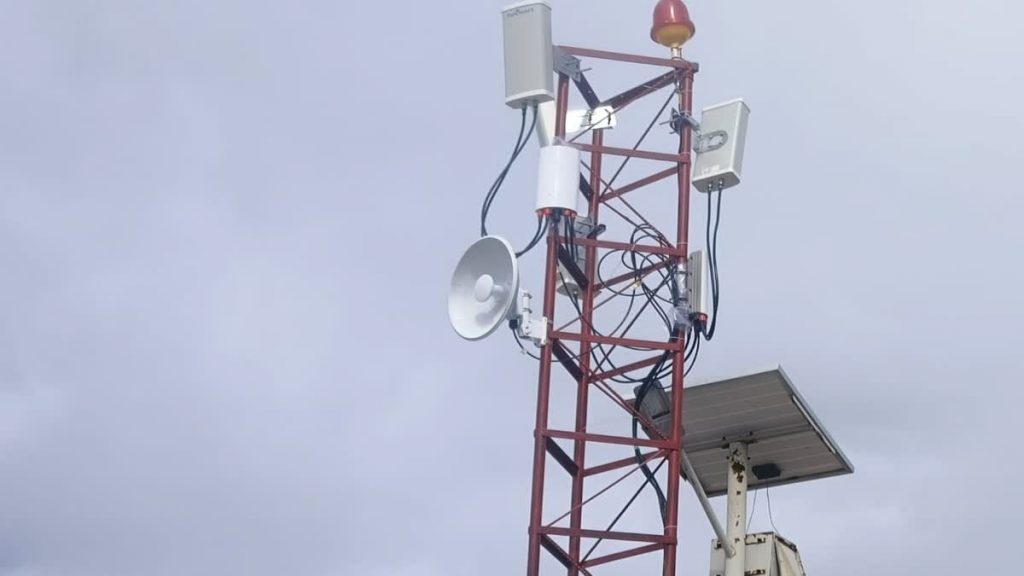
KEY BENEFITS: ENHANCING COMMUNICATION
Enhanced Disaster Management: DDRN ensures uninterrupted communication during disasters, facilitating swift relief operations. It proved vital during the Kedarnath tragedy of 2024, when other networks failed, enabling timely rescue and communication for stranded passengers.
Improved Connectivity for Remote Schools: The network enables online education for students in 36 remote schools across Rudraprayag, ensuring that geography doesn’t hinder learning, with plans for further expansion to other regions. Soon, the intercolleges in the Ukhimath development block will also be connected.
Uninterrupted Communication During Kedarnath Yatra: DDRN provides seamless connectivity across Sonprayag, Sitapur, and Kedarnath Dham, enhancing safety and communication during the pilgrimage, and ensuring better coordination of rescue operations and weather monitoring.
Support for Local Administration and Government Services: The network streamlines e-services and connects e-district offices, ensuring efficient service delivery, even in rural areas. All the offices of the district and e-district offices have also been connected to this network. The facility of this network will also be available in the Panchayat Bhawan at the Gram Panchayat level.
Improved Security and Monitoring: Real-time monitoring of disaster sites, traffic, and public safety is possible through DDRN, with CCTV cameras installed at strategic locations, enhancing security during the Kedarnath Yatra and other events.
The network’s ability to withstand adverse weather conditions and disasters makes it an invaluable asset for the administration and local communities.
As Mr Gaharwar highlights“The network ensures that disaster communication and management are never compromised, even in the most dire circumstances.”
FUNDING AND IMPLEMENTATION
What makes this initiative even more impressive is that it was established with minimal government funding. The administration utilized existing funds from the District Planning and Mining Trust Fund, making efficient use of local resources to set up the system. This self-sufficiency approach demonstrates the potential for other regions to adopt similar initiatives using their own resources.
MONITORING AND CONTROL
The administration has set up a centralized control room in the District Disaster Control Room, where the wireless network is continuously monitored. This ensures that the system is functioning optimally and any technical glitches or maintenance issues can be addressed promptly. Towers have been installed at safe and strategically identified locations to ensure consistent coverage, even in disaster-prone areas.
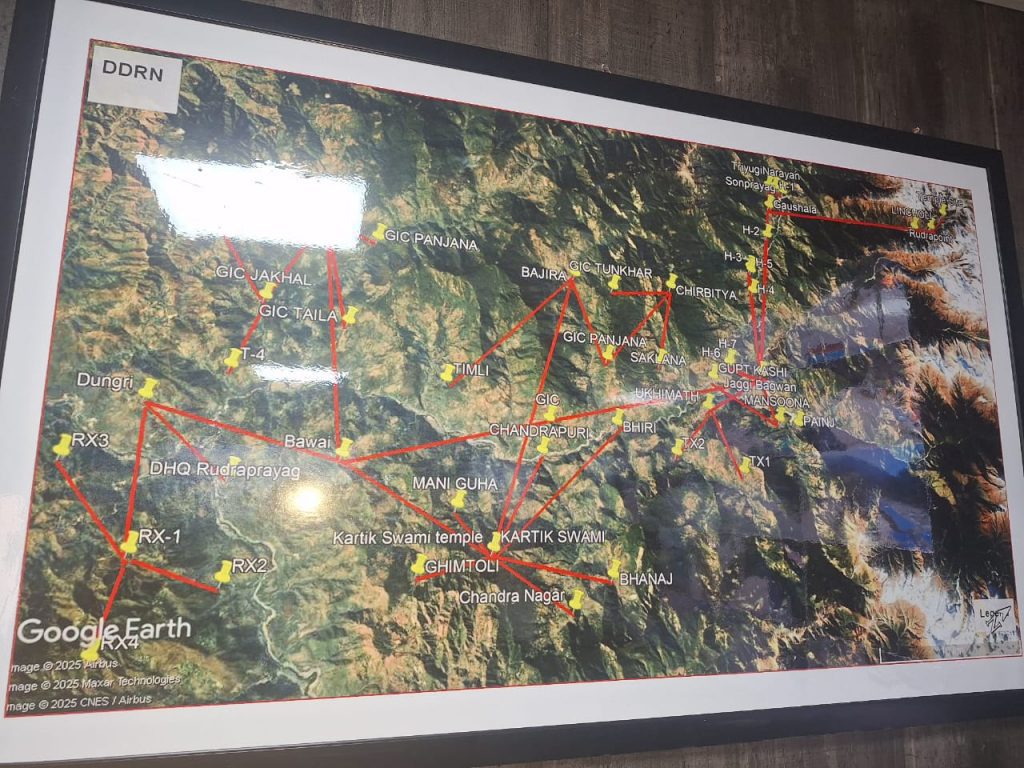
A MODEL FOR THE FUTURE: DISASTER MANAGEMENT & BEYOND
Mr Gaharwar explains that intranet technology is fundamentally different from traditional communication networks. Intranet operates as a private network within an institution, enabling secure and efficient exchange of information. Unlike fiber-optic cables, which are vulnerable during natural disasters, the wireless setup of the DDRN is immune to disruptions caused by harsh weather or geological changes.
The DDRN is more than just a communication system; it’s a lifeline for remote schools, pilgrims, and local administration. Its resilience during disasters, seamless integration with rescue operations, and ability to provide essential services make it a model for other districts and states to follow.
In the coming years, the network will expand even further, reaching more schools, offices, and other essential services across the district. Its role in managing the Kedarnath Yatra will only grow in significance as more pilgrims visit the region, and its disaster management capabilities will continue to evolve, ensuring that Rudraprayag remains one of the most prepared districts in India.
A TECHNOLOGICAL LEAP FOR RUDRAPRAYAG
The establishment of Rudraprayag’s intranet marks a new chapter in the region’s technological advancement. By combining disaster resilience, educational empowerment, and efficient governance, the district has created a network that stands as a shining example of how innovation can improve lives, even in the most challenging circumstances.

